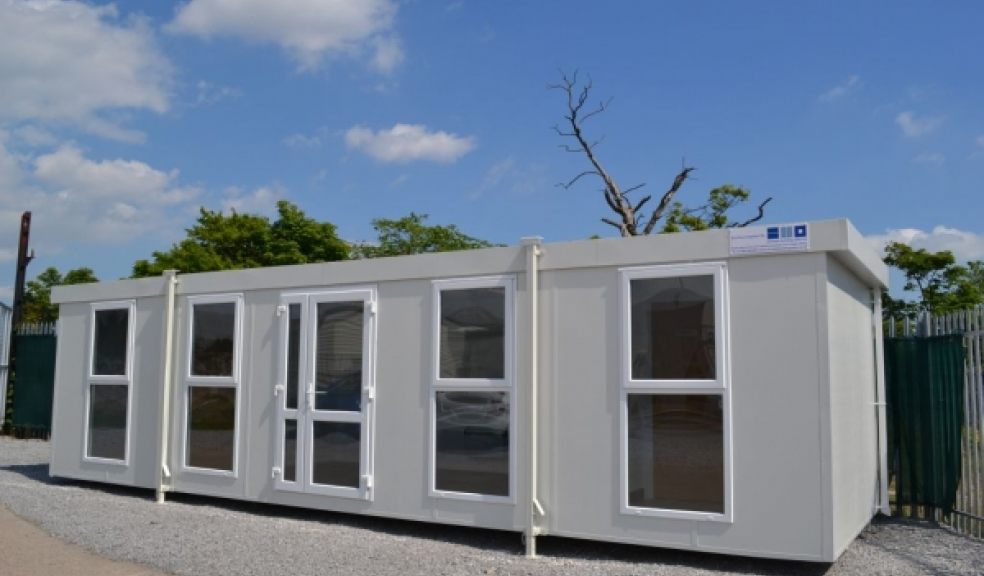
How UK schools are using modular buildings for cost-effective expansion
As the school age population in Britain continues to rise, we're seeing many communities experience exponential growth in their education systems. As a result, many schools are having to make additions to the original building and/or renovate existing classrooms to accommodate for more students and/or more equipment.
However, the old way of enlarging and expanding a school is quickly becoming archaic and expensive in comparison to the simple addition of modular buildings, mobile classrooms, and portable cabins. These units are affordable, easy to incorporate into a campus layout, and many are specifically designed to provide an education-friendly environment, with airflow, natural light, and spaciousness being key design features.
With that said, let's look at four ways UK schools are taking advantage of modular buildings in their expansion efforts:
1. Eliminating the Need for Additional Construction
The biggest benefit of adding modular classrooms is that the school won't have to spend money and sacrifice operational functionality to close areas of the school building while the new construction takes place. Making an addition to an existing building can be far more expensive than simply purchasing and parking a modular building, which comes pre-outfitted with all of the ports and openings for electrical and water inputs – no new plumbing or costly rewiring required.
2. Repurposing and Repositioning Existing Units
Another way schools are capitalising on the affordability and flexibility of modular buildings is by moving the units around to better suit the design and workflow of the campus. Unlike with a permanent building addition, modular buildings do not come with a burdensome locational commitment, so the school is free to move the units about as they see fit. Furthermore, mobile classrooms can be taken along on field trips and transferred to other facilities within the school district to save on future operating costs. Furthermore, modular buildings often feature plenty of natural light, which is known to offer learning benefits.
3. Expanding as the Need Arises
With a permanent building addition there is often a lot of planning and speculation involved. The architects, planners, and school managers will typically discuss the extra space that is needed and create a floorplan that will put the new space to good use. With modular buildings, there's no need for advanced planning because there is no permanent construction taking place, which makes expansion possible where it would otherwise not be so. If the school doesn't like the location or configuration of the mobile unit later on, they can simply opt to change it during a summer or holiday break with no interruptions involved.
4. Reducing Dependency on Artificial Lighting
Many modular buildings are specifically configured to facilitate education, with clearview buildings available in a wide variety of sizes, styles, and layouts – click here to see examples. These units place a strong emphasis on natural lighting and adequate internal airflow to produce a calm and cosy sunlit environment that is conducive to learning and productivity. Strategically placed skylights and windows not only eliminate the need for a large number of light bulbs, according to studies, the sunlight also improves the mood and outlook of the students in the classroom.
School buildings have become such a memorable and historic part of our society that it is hard to imagine completely doing away with the main school building in favour of a village of modular buildings. However, as the need for larger campuses continues to arise, it is likely that we'll see a great number of schools surrounded by modular classrooms that serve as satellite expansions of the original structure.

















